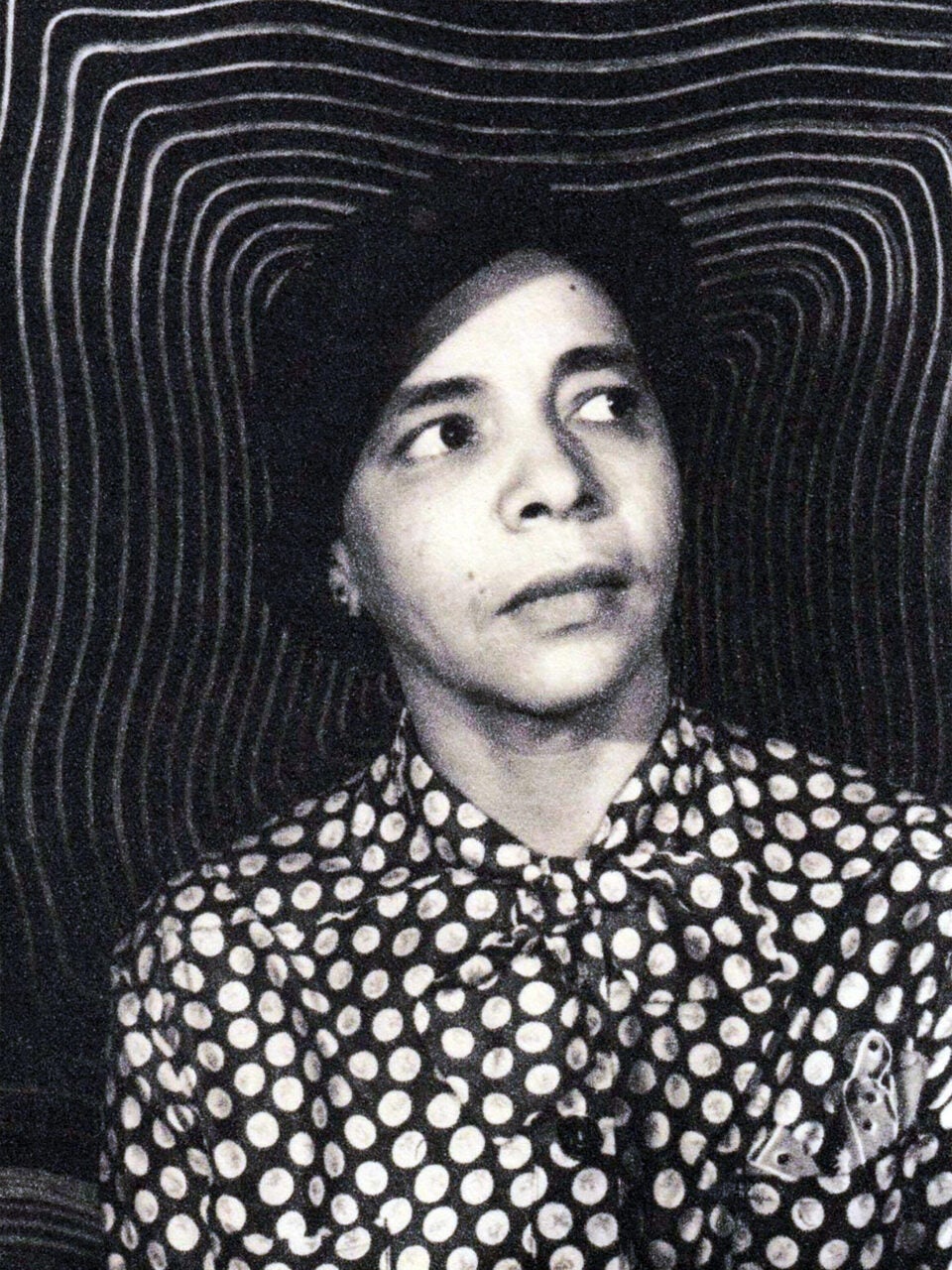How Nella Larsen’s Passing deconstructed the question of racePosted in Articles, Literary/Artistic Criticism, Media Archive, Passing, United States on 2021-11-15 17:38Z by Steven |
How Nella Larsen’s Passing deconstructed the question of race
The New Statesman
2021-11-12
Gary Younge, Professor of Sociology
University of Manchester

Larsen’s 1929 novel, now a Netflix film, illustrates the degree to which race is a construct – without lecturing the reader.
“Every year approximately 12,000 white-skinned Negroes disappear,” Walter White, the former head of the National Association for the Advancement of Coloured People, wrote in a 1947 article. “People whose absence cannot be explained by death or emigration… Men and women who have decided that they will be happier and more successful if they flee from the proscription and humiliation which the American colour line imposes on them.”
White had first-hand experience. The black president of the NAACP had blonde hair and blue eyes. He would “disappear” himself from time to time, so that he could safely investigate lynching in the American South. The piece, published in TIME magazine, was called “Why I Choose to Remain a Negro”.
The term “passing” relates to those who disappear – pretending to be something, and therefore someone, that they are not, usually in search of a better, safer or easier life. The practice is not limited to race. It could be a Jew posing as a gentile; a Catholic as a Protestant. But the challenges remain the same and lend themselves easily to narrative tension – the need to cut yourself off from your past, the fear of being discovered, the construction of a life that is a lie.
Nella Larsen’s laconic novella, Passing, draws from the human toll and intrigue that emerges from the transgression, subterfuge and outright deceit involved in an African American woman passing as white in 1920s America. Published in 1929, it has been adapted into a film by the British actor Rebecca Hall, now streaming on Netflix. The novella has long been one of my favourites among the works from the Harlem Renaissance, the literary movement that emerged among black artists and writers in 20th-century New York and saw the likes of Zora Neale Hurston, Langston Hughes and Countee Cullen and Aaron Douglas become prominent. Sparsely written, character-driven and emotionally complex, it illustrates the degree to which black is a political colour, race is a construct, and racism is a system in which colour is a component, not a determinant – without actually lecturing the reader on any of that…
Read the entire article here.

